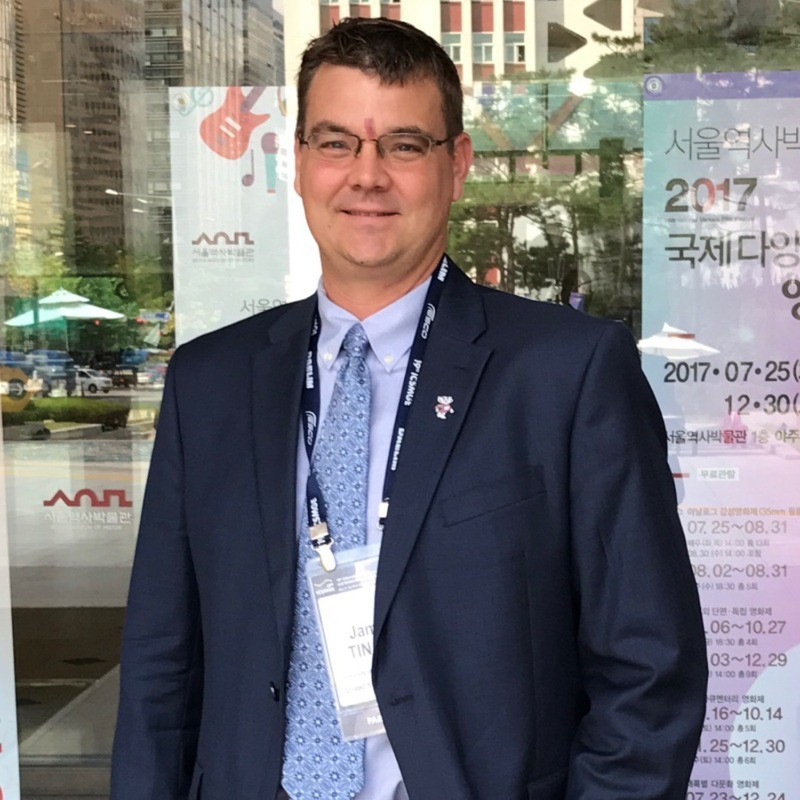Join us on September 25 at 3:30 p.m. for this Sustainable Energy Seminar presentation by Dr. Jim Tinjum, Associate Professor of Civil and Environmental Engineering and Director of the Geological Engineering Program at UW-Madison.
Abstract
District-scale Geothermal Heat Exchange (GHX) systems have significant environmental and economic benefits as they use ground-source heat pumps (GSHPs) to take advantage of near-constant, year-round, subsurface temperatures (typically 12−16°C) that are stable just a few meters below ground surface. A fluid (typically water) is pumped through underground, closed-loop polyethylene (PE) pipes, and that thermal energy is exchanged with buildings on a campus. In essence, the earth is used as a thermal battery, storing excess energy in the cooling season and harvesting that energy in the heating season.
We evaluate the environmental 'costs' and embodied energy (e.g., energy payback time) for constructing a district-scale GHX field with 2,596 152-m-deep GHX borings located in the upper Midwest of the US. As this field was fully instrumented during construction and monitored throughout operations, we can calculate that 645.9 TJ of thermal energy has been exchanged since this field came online from early 2015 through September 2022. The energy exchanged varies from a low of 62.4 TJ in 2015 to a high of 94.4 TJ in 2019. With an average household in Wisconsin consuming approximately 8,500 kW h of electricity each year, the yearly average of the district-scale field's exchange of 81 TJ is equivalent to the annual electrical use of 2,650 Wisconsin households.
Registration
This event is offered both in-person at the Wisconsin Energy Institute and online through Zoom Webinar. If attending online, registration is required. Click here to register for this and all other webinars as part of the Sustainable Energy Seminar series in Fall 2023.

